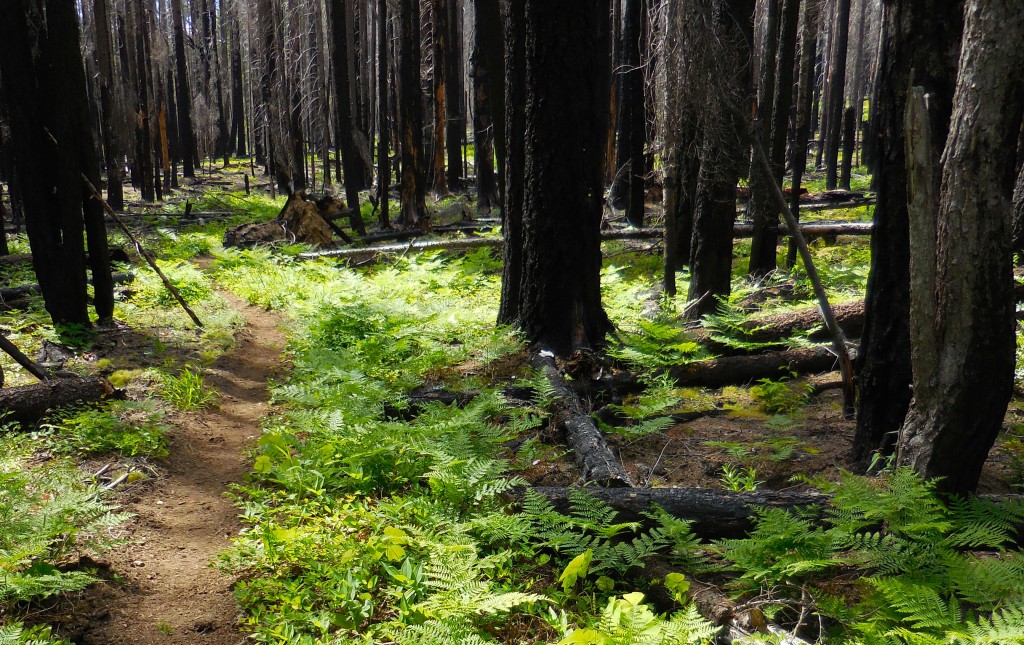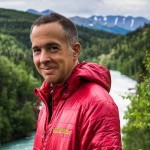Editor’s Note: Christina Rusnak, guest author and Landscape Music Composers Network member, graces us with the second essay of her two-part series written for Landscape Music. Read the first essay here.
Tears welled up in the US Forest Ranger’s eyes when an audience member responded, “Hearing this piece [The Life of Ashes] has changed how I will experience the Wilderness going forward.” That moment is one of the highlights of my compositional life. Part of a competitively curated month-long exhibit for the 50th anniversary of the Wilderness Act, the exhibit was originally limited to visual artists—but after hearing music I composed for our natural landscapes, the ranger procured the funding for the performance.1See Columbia Arts Center http://www.columbiaarts.org/more-arts/2014/8/rusnak- performance.html and Oregon Live http://www.oregonlive.com/performance/index.ssf/2014/08/a_musical_tribute_to_mt_adams.html
…the individual landscape, the breadth of its scope, and the specificity of its details actually morph the approach and process I take in composing about one place or another.

Mount Adams Wilderness 2014. Photo by Christina Rusnak.
References
| ↑1 | See Columbia Arts Center http://www.columbiaarts.org/more-arts/2014/8/rusnak- performance.html and Oregon Live http://www.oregonlive.com/performance/index.ssf/2014/08/a_musical_tribute_to_mt_adams.html |
|---|---|
| ↑2 | Rusnak, Christina, “Landscape as Advocacy.” https://landscapemusic.org/essays/landscape-music-as-advocacy/ |


